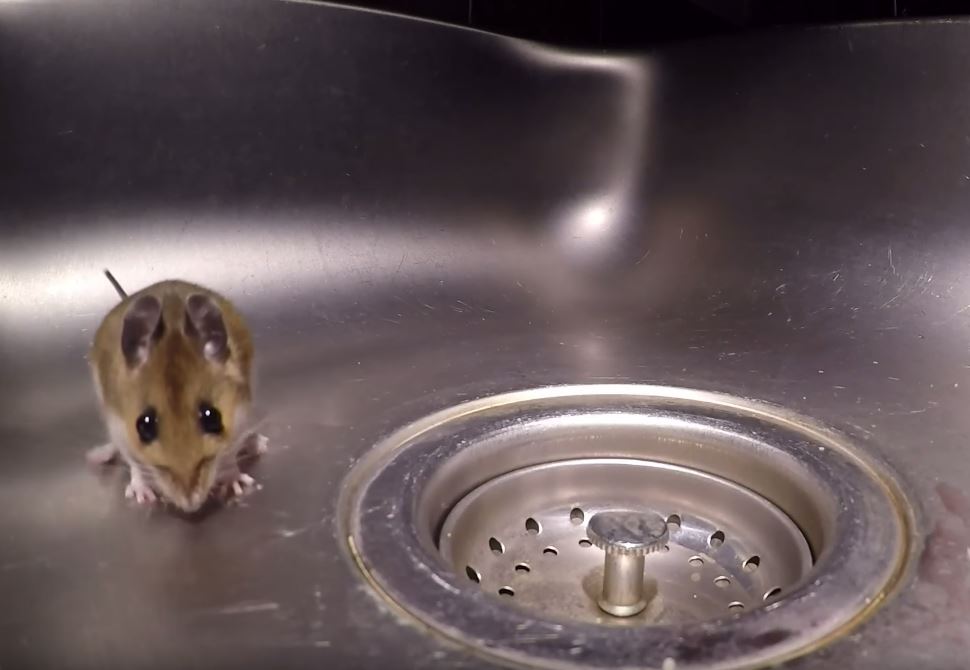About House Mouse: Appearance, biology, life cycle, habitat, diet, behavior

Appearance
A house mouse is a minuscule rodent. This animal has a small, pointed nose. Its body is furry and round. A house mouse has big ears and a hairless tail.
There is a myriad of mouse species, but the most common type of mouse is the one we are talking about now - the house mouse. House mice are generally tiny and their color is brown to black. These rodents can grow up to 7 inches in length. House mice use their tail for balance and their tail is an important thermoregulation organ.
Habitat
Mice are rodents that can be found in almost every country in the world. These animals mostly live in forests and in grass. If they live in the wild, mice dig burrows every now and then in which they live.
Behavior
Mice are nocturnal animals. This means that mice love sleeping during the day and that during the night they become active. This is why people whose homes are infested with mice don’t hear these animals during the day, but during the night.
Most house mice are unfriendly towards other animals and especially towards humans. However, these animals enjoy the company of other mice. Mice are also highly territorial animals. Most of the time, house mice walk on their four legs, but they literally stand up when they want to orientate themselves in space. These animals are great swimmers, climbers, and jumpers. Mice are averse to bright light sources. House mice sleep on average for 13 hours.
Diet
The cartoons often portrayed mice characters as fans of cheese and every food that contains cheese in itself. However, the real truth about mice’s diet is that these animals love to eat grains, seeds, and fruits. Mice are actually omnivorous animals. This means that they love to eat both meat and herbs. A common house mouse will eat everything that comes its way. One scary fact about mice is that when they run out of food, they will start to eat each other. Another less scary fact about house mouse’s diet is that it will even eat its own feces if it runs out of food.
Mice love to eat a lot. They are capable of eating up to 20 times per day. This is why mice build homes near places where they will provide them with a constant source of food.
Biology/Life Cycle
When a male house mouse wants to mate, he will court a female house mouse by emitting special ultrasonic calls. Female mice will start mating when they turn 4 weeks old. When a female house mouse becomes pregnant, she will carry her babies for three weeks. Female house mouse usually gives birth to 10 young. One female house mouse can give birth for 10 times per year.
House mouse doesn’t live for a long time. The average life span of a house mouse is one year, and the maximum life span of a house mouse is 2 years.
Go back to the Noises in the Attic home page.

